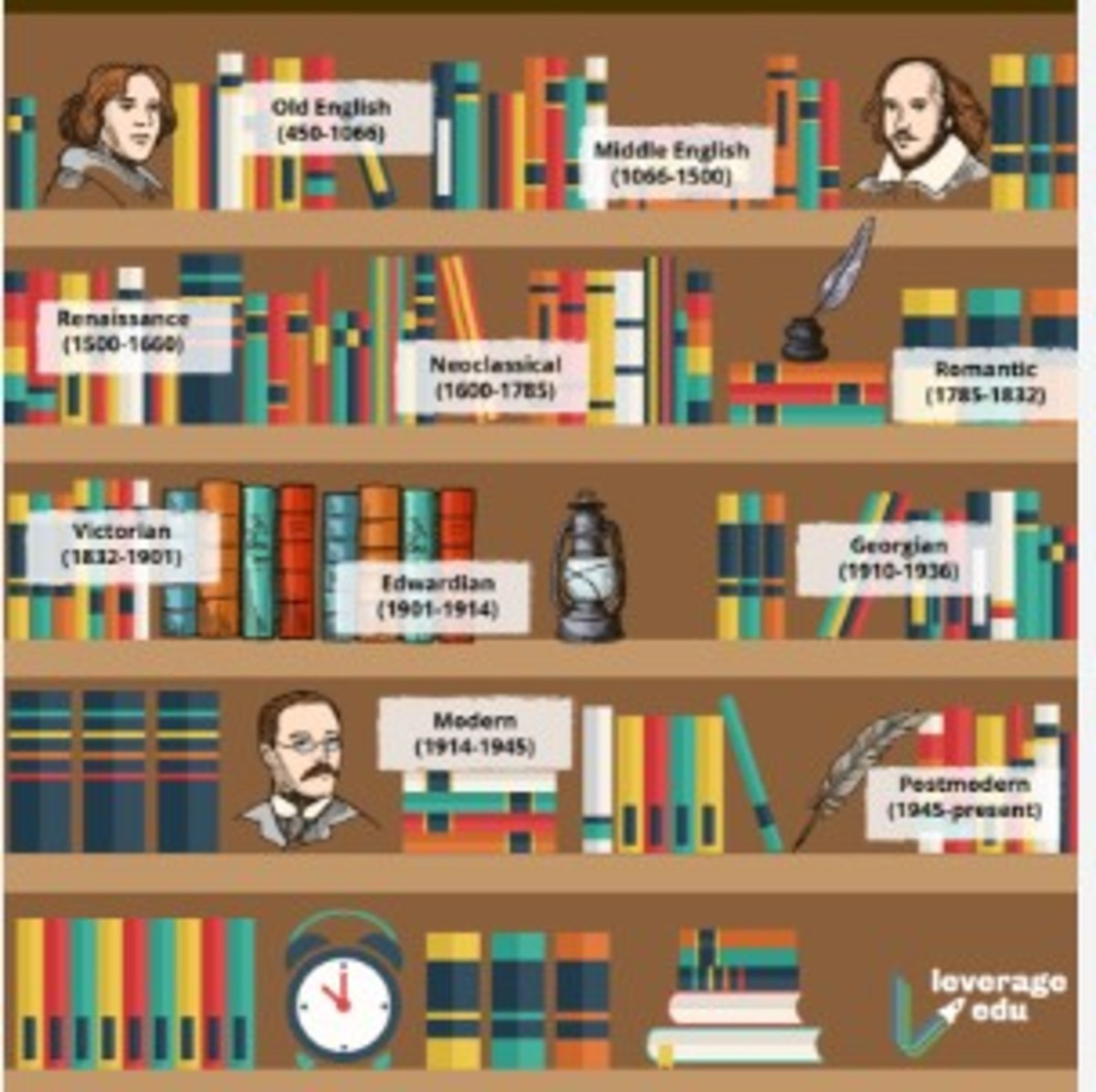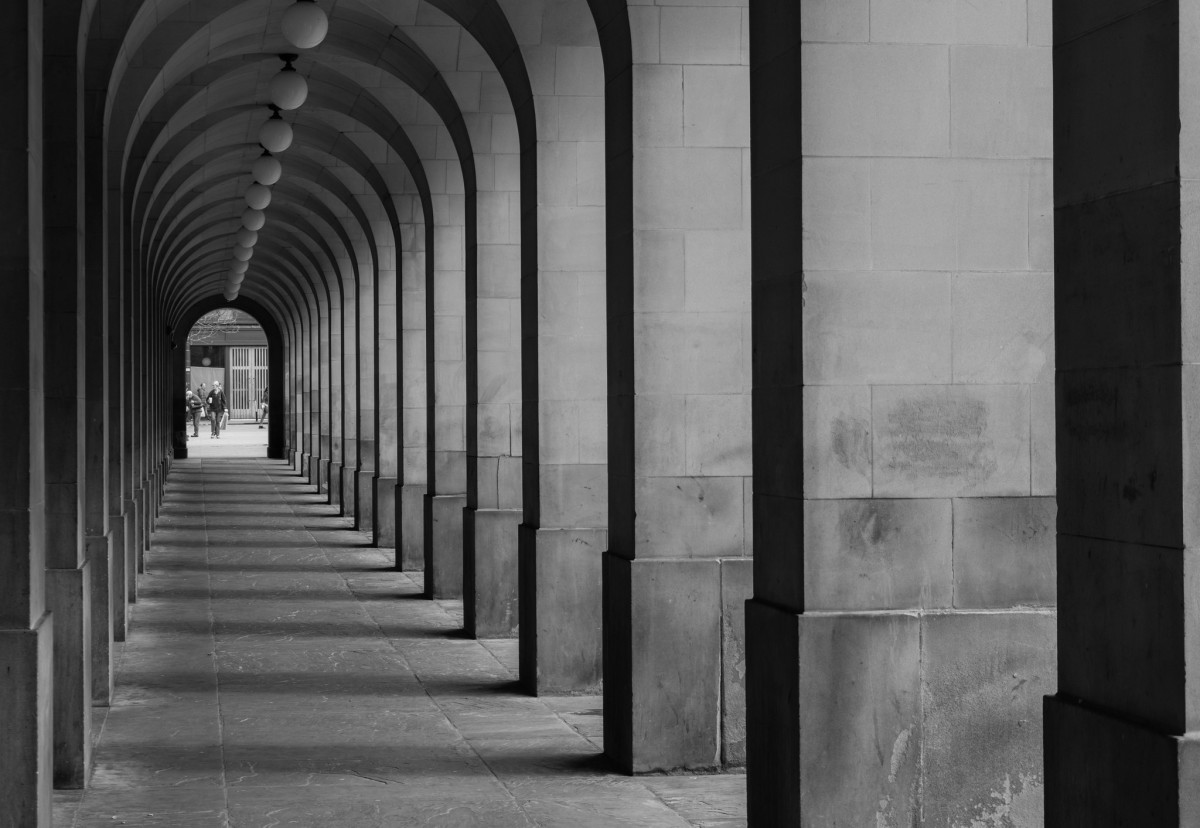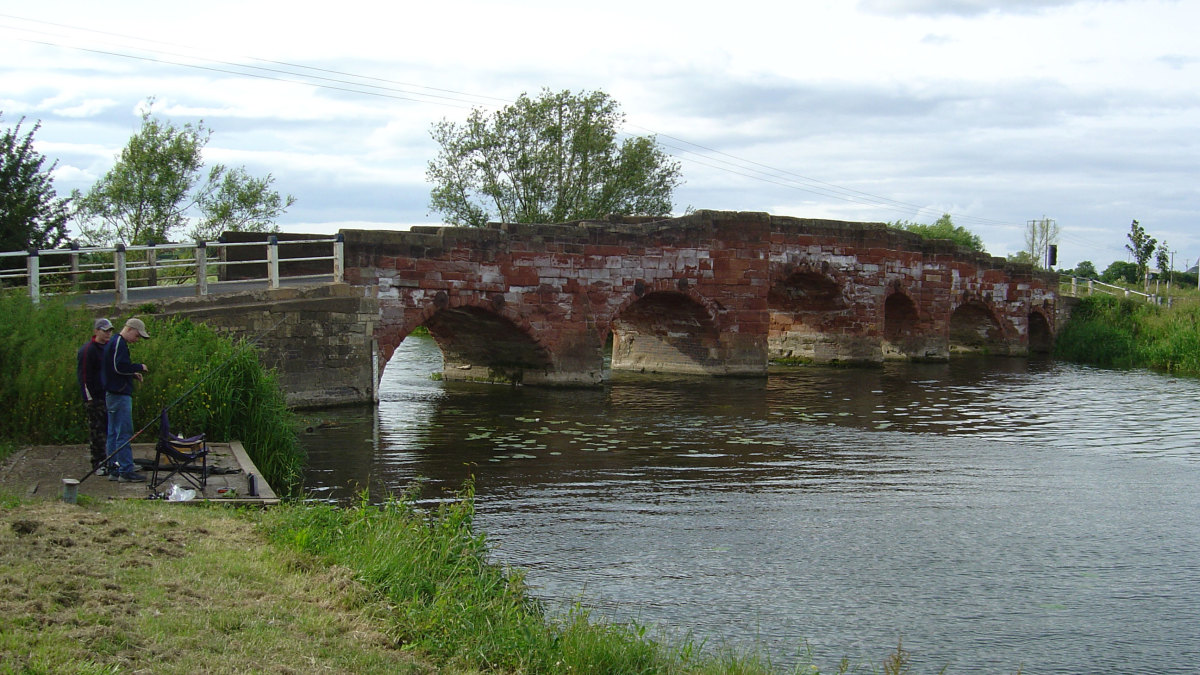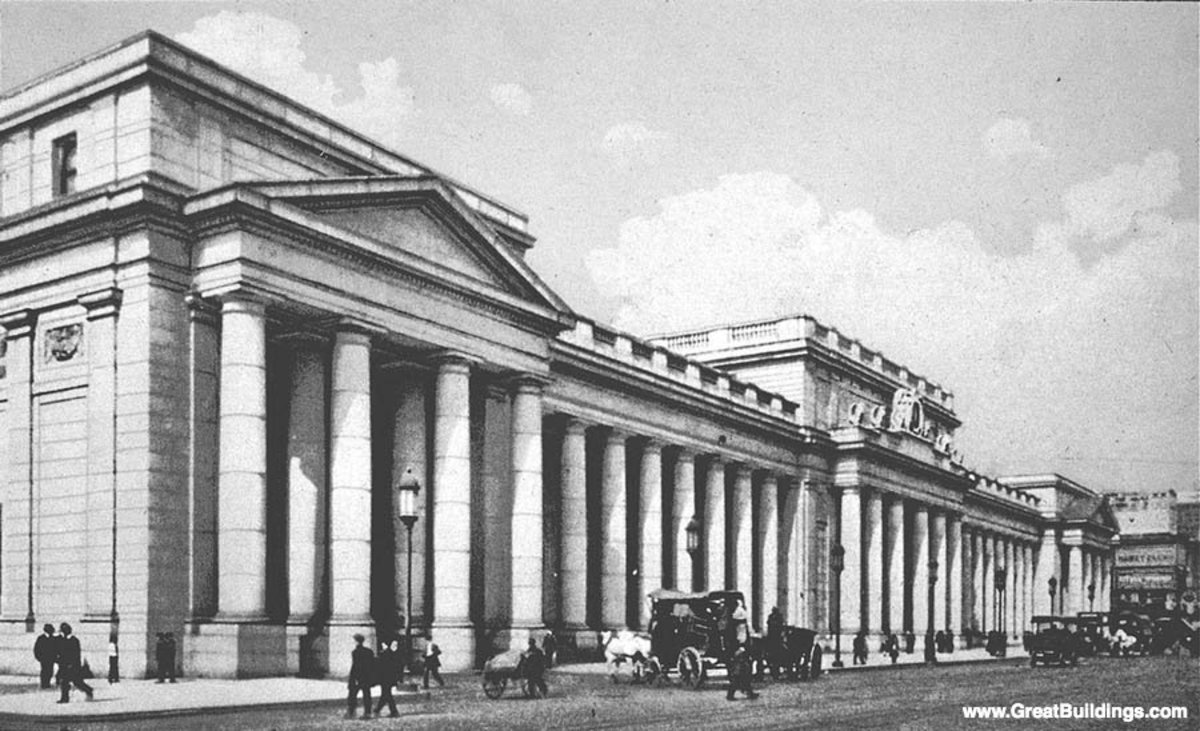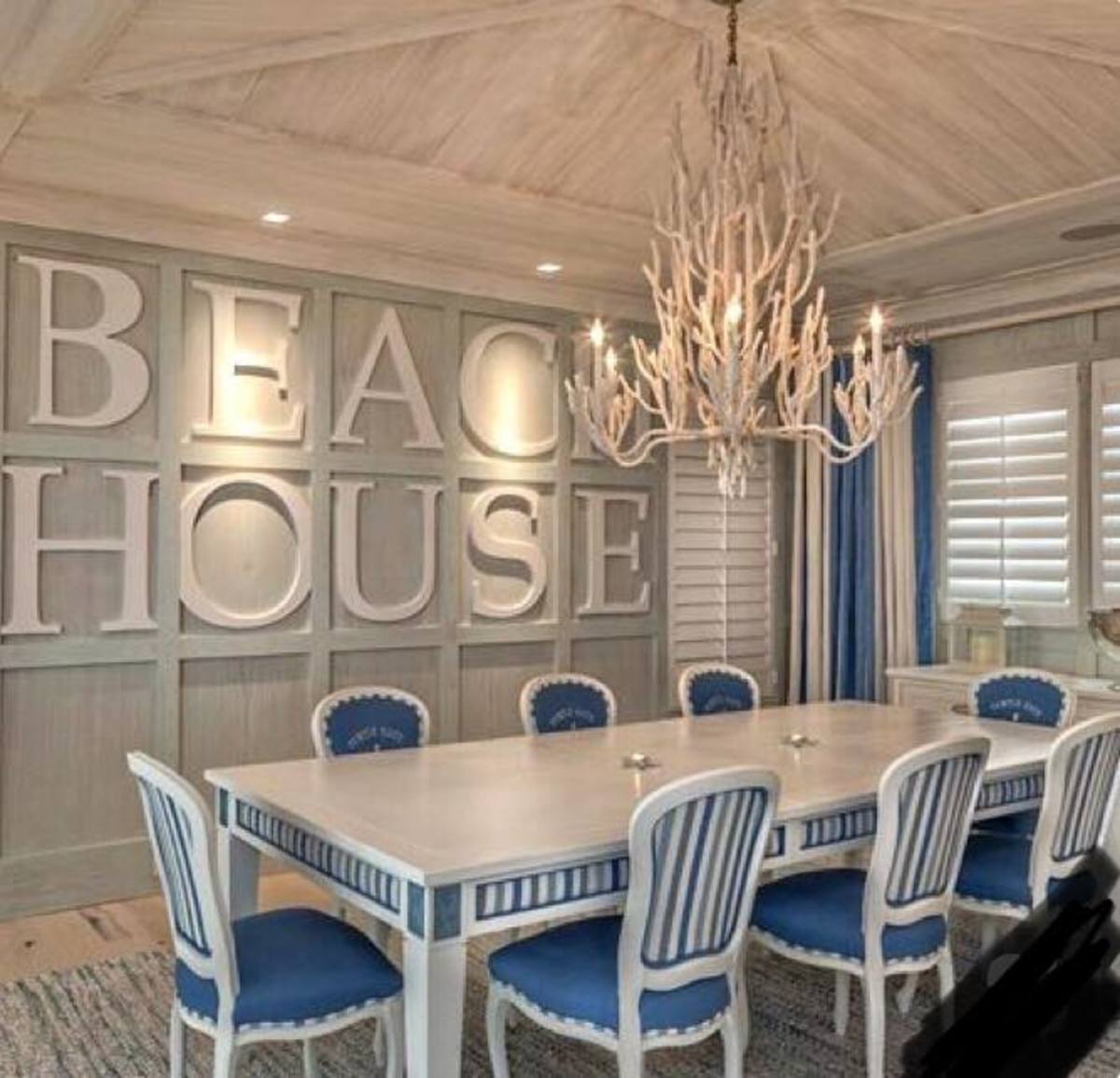The Advent of Neo-Classicism in Britain
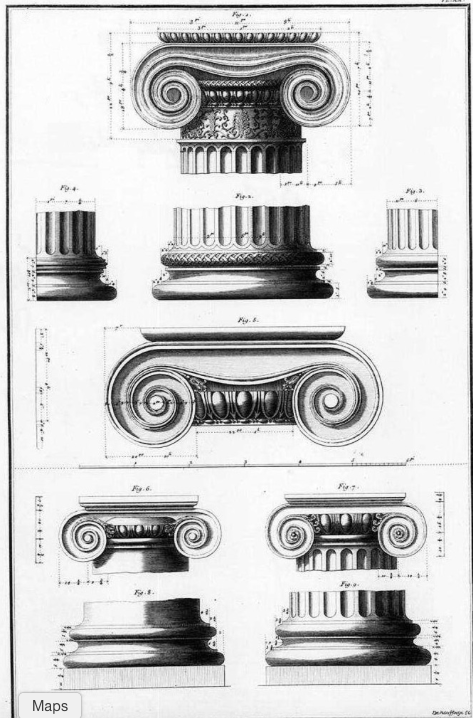
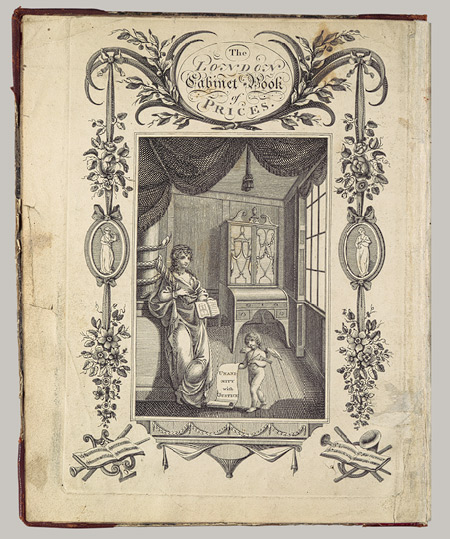
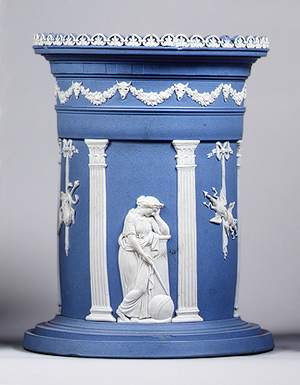
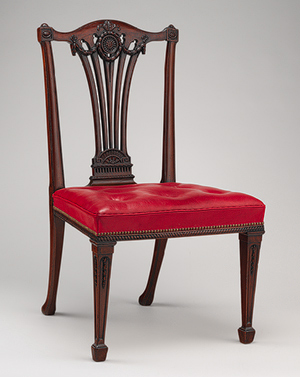
The emergence of Neo-Classical style in 18th century Britain can be attributed to several factors. Popularity of the preceding popular style in Britain, Palladianism, provided a springboard for the development for Neo-Classical style; in addition, the 18th century denoted a period of increased knowledge of aesthetics of antiquity, many times by way of well-to-do travelers that had embarked on the "Grand Tour" of archeological sites like the ruins at Pompeii and Herculaneum, the discovery of which the art and ornamentation of Rome could also be further understood.
Political and economic circumstances in England differed from those on the continent - the country was ruled by parliamentary government that was swayed by the ideals of Age of Enlightenment and molded by issues introduced by the onset of the Industrial Revolution, factors not only less influential in countries like France but also more threatening to the status quo of absolute monarchy. The moody and domineering Baroque, the dominant design style on the continent, symbolized and expressed power and wealth; a mid-18th century offspring, the whimsical Rococo style, doubly reflected the tastes of an aristocratic lifestyle.
In the early 1700s, the English parliament was dominated by the Whig party, a huge supporter of classical aesthetic models and also proponents of the work of Inigo Jones, the beloved British architect that had embarked on the Grand Tour a century earlier and was known for his adaptation of classical elements to his building design. Fortuitously for him and other British architects, the Industrial Revolution catalyzed a building boom in Britain during the 18th century. London expanded, the new West End was dotted with elegant squares like Mayfair, and other large cities modernized. This meant redesign and the re-fronting of buildings and new buildings.
Based on the Italian Renaissance designs of Palladio, the new Palladian architecture utilized mathematical proportion and symmetry, rectilinear shapes, and Roman orders and decoration. However, it was not an ornamental style and applied mostly to exteriors. young upper class men, including the Adam Brothers, travelled across Europe to Italy as part of a “Grand Tour” in order to educate themselves fully in foreign art and culture, including that of the Romans, Etruscans, Byzantines and Greeks. The ideas that informed British Neo-Classicism were in part possible because of the knowledge and artifacts these men brought back with them to publish or display. Palladianism bowed to the influence of neo-classicism during mid 1700s because of its focus on exterior, not interior, design.The upper classes had begun to want to display their wealth more ostentatiously; they used "entertaining" of guests as a means of influencing politicians and wanted homes that could accommodate “assemblies” which were types of parties in which social classes mixed. Neo-classicism developed as an interior style.
Key in making the neo-classical style popular across Britain was the wider availability of printed materials that illustrated classical designs. Increased literacy meant that architects, craftsmen and artisans could refer to catalogues, pattern books and texts produced that delineated classical traditions and the design trends of neo-classicism. Some of the more pivotal publications included Palladio’s treatise the Four Books of Architecture, printed in 1715, that explained Roman architectural concepts of mathematical proportion and the orders. Scottish Architect Colen Campbell published volumes of Vitruvius Britannicus in the early 1700s and the Adam brothers published a book of engravings from their time in Dalmatia as well as another called The Works of Architecture was published in the 1770s. Other popular publications of the time included Isaac Ware’s A Complete Body of Architecture and the Antiquities of Athens by James Stuart and Nicholas Revett, and Robert Wood's The Ruins of Palmyra and in 1757 Ruins of Balbec. Also instrumental in the development of Neo-Classicism were the publication of paintings and drawings of Roman ruins and objects by French designer Pierre-Adrien Pâris and Italian artist and printmaker Giovanni Battista Piranesi.
Multiple style guides and pattern books were produced in the mid-1700s were produced to help builders understand how finished structures should appear but also as a way of advertising as craftsmen wanted to attract clientele. Pattern books were illustrative and descriptive texts often detailed classical designs but also included information on materials, prices, technique, surveying and other information of importance to craftsman. William Ince and John Mayhew, well-known furniture makers, produced The Universal System of Household Architecture in parts from 1759-1763 and Thomas Chippendale had published The Gentleman and Cabinetmakers Director in 1762. Craftsmen such as these and others such as potter Thomas Wedgewood, woodworker John Gilbert, masons John Devall & Co., furniture maker Thomas Sheraton, and plaster worker Joseph Rose (just to name a few) were crucial in reproducing Neo-Classical visions that architects like Adam, Chambers and Wyatt constructed but they also served to proliferate the Neo-Classical style in their own constructions be it porcelain vases, portraits, carpets or armchairs, with guidance from these texts.

